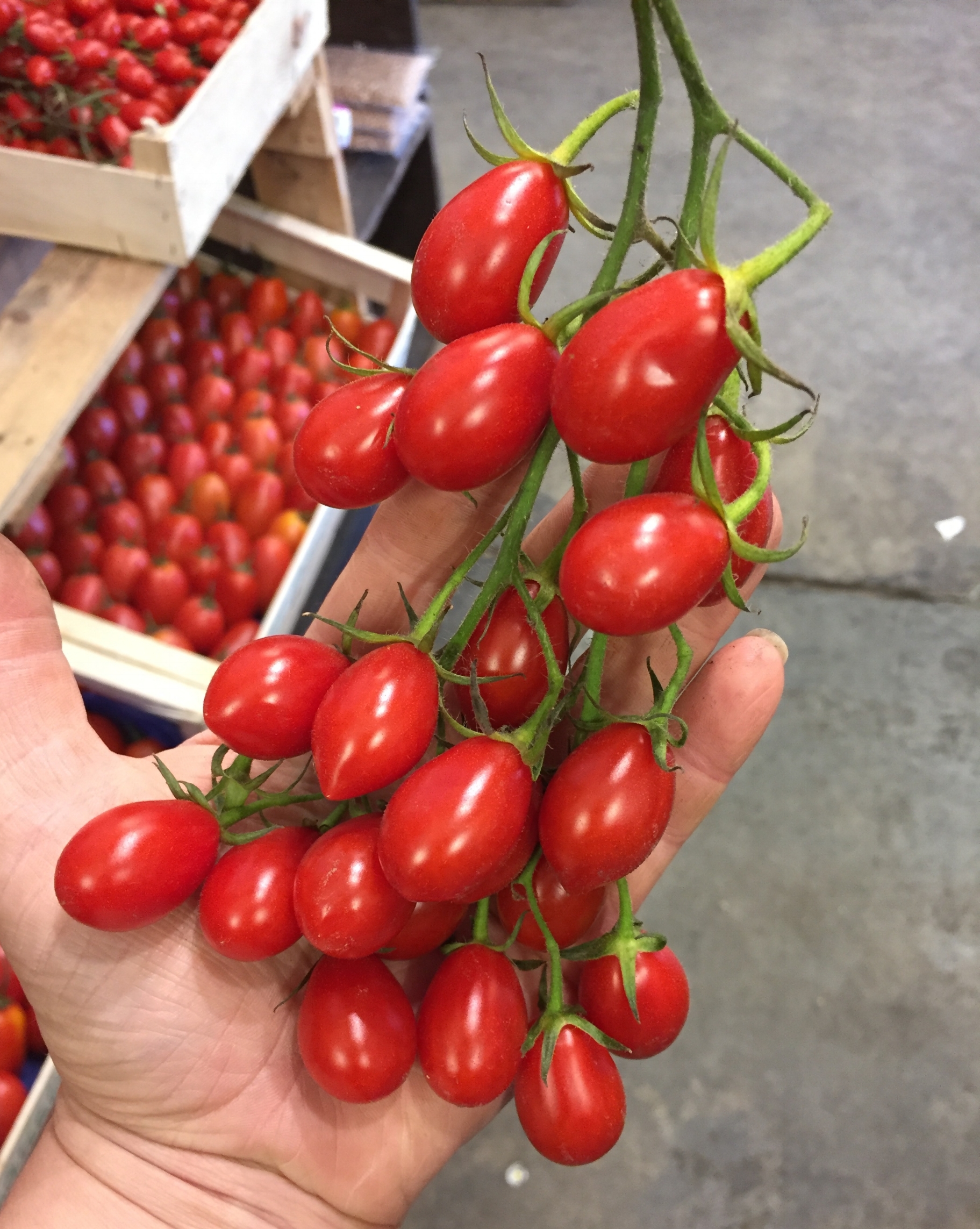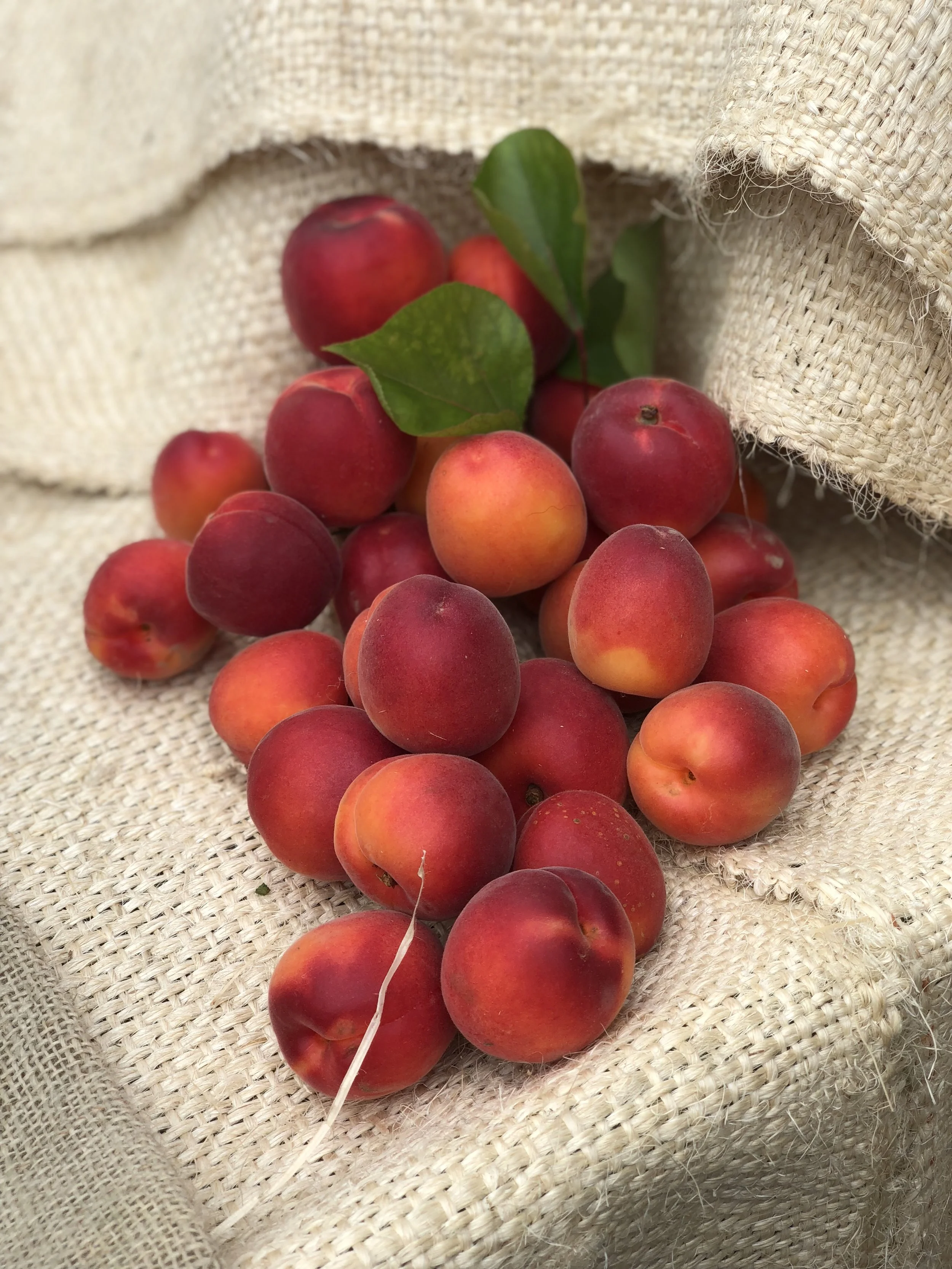Coco de Paimpol
The first of the Coco de Paimpol usually arrive early in July. These semi-dry white haricot beans have an AOP designation of origin so only beans grown in a small coastal area of Brittany can be named Coco de Paimpol. The temperate climate in this area allows for a long, slow growing period producing thin-skinned pods and a tender seed coating. The plants are uprooted once the beans have reached the stage when the pods are just beginning to show signs of drying and then harvesting is done by hand.
The pods of Coco de Paimpol are pale yellow/cream with light violet markings – less showy and smaller than a Borlotti. The bean has a delicious nutty flavour and cooks quickly to a particularly creamy consistency. That creaminess pairs beautifully with fish – a pan-fried fillet of cod, or other white fish on a bed of Coco de Paimpol with, maybe, a few Girolles mushrooms would be my choice. For a tasty, nutritious, vegetarian dish, pod the beans and cook them for 2-3 minutes. Add them with a little of the cooking water to sliced onion which has been cooked in oil until soft, chopped tomato, thyme leaves, salt and pepper; pour into a gratin dish, cover with breadcrumbs and bake in the oven to brown the crumbs and bring all the flavours together.































































